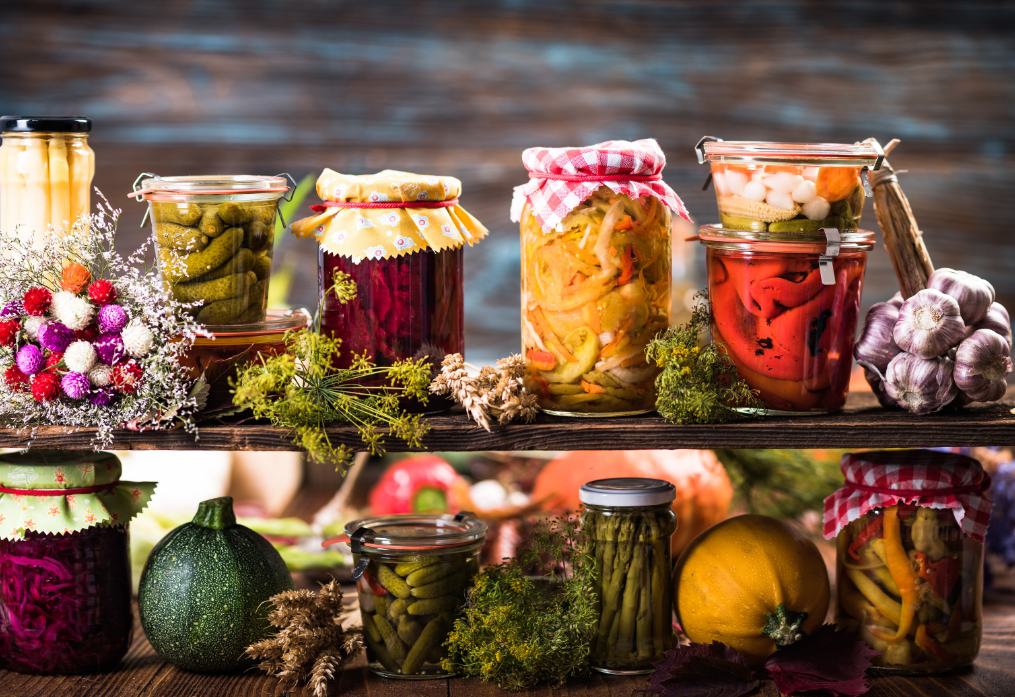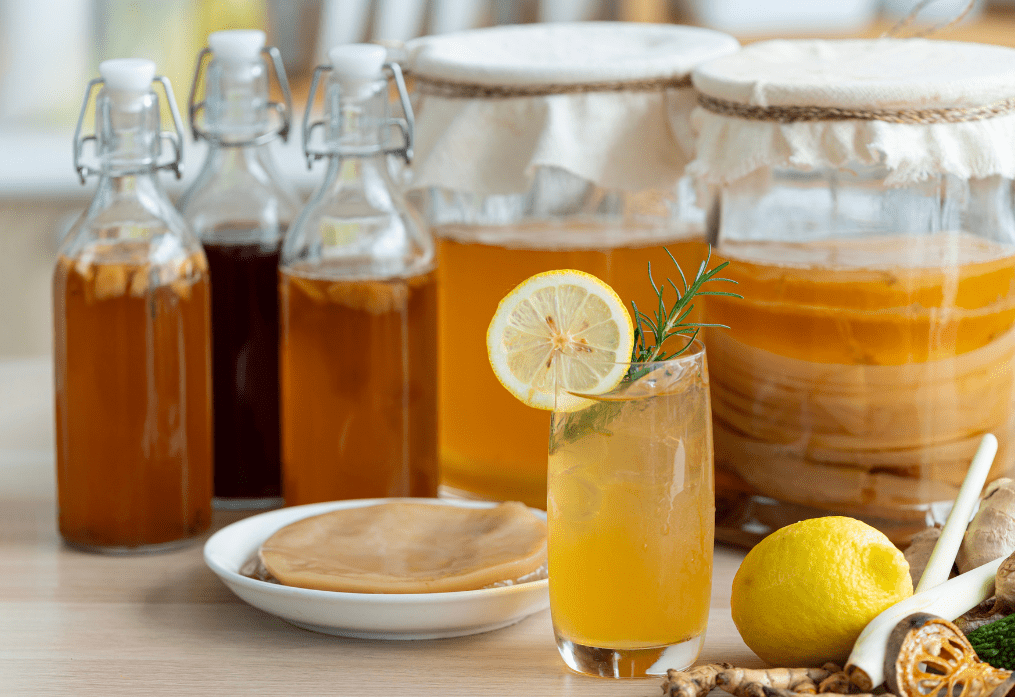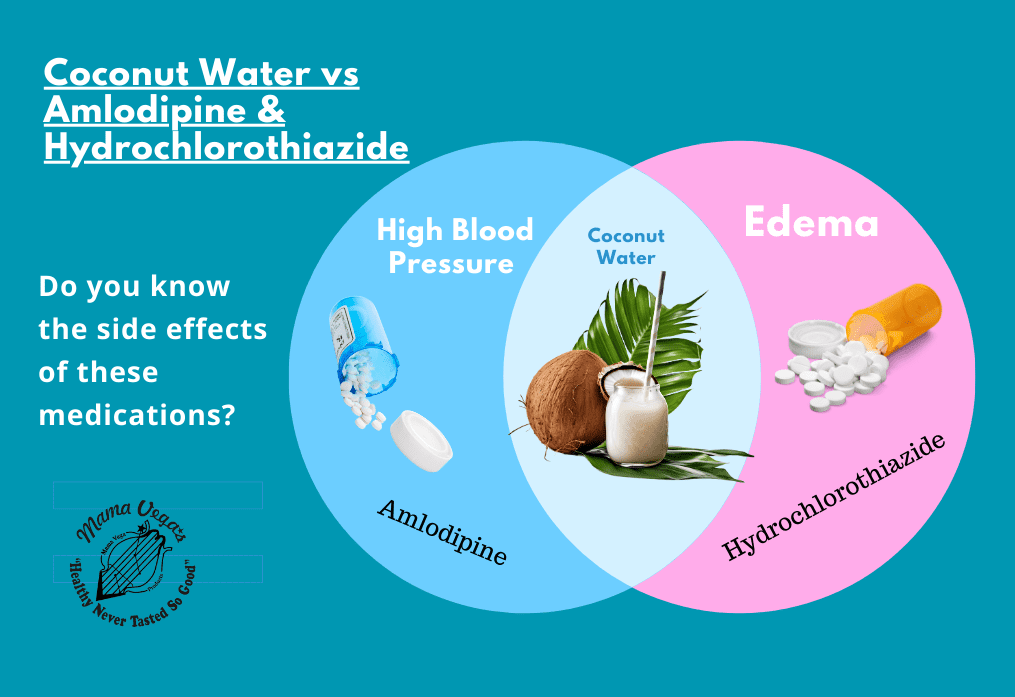As we step into 2024, the conversation surrounding gut health has never been more relevant. With the advancement of science and technology, we are beginning to understand the intricate relationship between our gut microbiome and overall health. In this blog post, we’ll explore the incredible health benefits of fermented foods, microbiome-friendly ingredients, and how improving children’s gut health can lead to healthier adults, increased longevity, better immunity, and reduced risk of chronic diseases.

The Power of Fermented Foods:
Fermented foods have been a staple in various cultures for centuries, and for good reason. These foods are rich in probiotics, which are beneficial bacteria that promote a healthy gut microbiome. Some popular fermented foods include yogurt, kefir, kimchi, sauerkraut, and kombucha. These foods not only taste great but also provide a host of health benefits.
Firstly, fermented foods are excellent for gut health. They help to balance the gut microbiome, which can lead to improved digestion, reduced inflammation, and better overall immunity. Additionally, fermented foods are rich in vitamins and minerals, which can help to support a healthy immune system and reduce the risk of chronic diseases such as diabetes, heart disease, and certain cancers.
Here is a list of some of the best and top fermented foods for your gut:
- Yogurt: Yogurt is one of the most well-known fermented foods. It contains live cultures, which are beneficial bacteria that promote a healthy gut microbiome.
- Kefir: Kefir is a fermented milk drink that is similar to yogurt. It is rich in probiotics and can help to support a healthy gut microbiome.
- Kimchi: Kimchi is a traditional Korean fermented vegetable dish. It is typically made with cabbage, radishes, and other vegetables, and it contains beneficial bacteria that can help to support gut health.
- Sauerkraut: Sauerkraut is another traditional fermented vegetable dish. It is made from cabbage that has been fermented with salt and water, and it contains probiotics that can help to support gut health.
- Kombucha: Kombucha is a fermented tea drink that is made by fermenting sweetened tea with a culture of yeast and bacteria. It is rich in probiotics and can help to support gut health.
- Miso: Miso is a traditional Japanese seasoning made from fermented soybeans. It is rich in probiotics and can help to support gut health.
- Tempeh: Tempeh is a traditional Indonesian fermented soybean product. It is rich in probiotics and can help to support gut health.
- Natto: Natto is a traditional Japanese fermented soybean dish. It is rich in probiotics and can help to support gut health.
- Apple Cider Vinegar: Apple cider vinegar is made by fermenting apple cider. It contains beneficial bacteria and can help to support gut health.
- Pickles: Pickles are cucumbers that have been fermented in a brine solution. They are rich in probiotics and can help to support gut health.
It’s important to note that not all fermented foods are created equal. Some fermented foods may be more beneficial for gut health than others, so it’s important to choose fermented foods that are rich in probiotics and other beneficial bacteria. Additionally, it’s important to consume fermented foods in moderation, as consuming too much can cause digestive issues.

Microbiome-Friendly Ingredients:
In addition to fermented foods, there are several other microbiome-friendly ingredients that can support gut health. These include antioxidants, which help to reduce inflammation and protect against free radical damage. Foods rich in antioxidants include berries, leafy greens, and dark chocolate.
Another important component of a healthy gut microbiome is prebiotics, which are non-digestible fibers that feed the beneficial bacteria in the gut. Foods rich in prebiotics include onions, garlic, leeks, and bananas.

Improving Children’s Gut Health:
One of the most important things we can do for our children’s health is to promote a healthy gut microbiome from a young age. This can be achieved by incorporating fermented foods and microbiome-friendly ingredients into their diet. Additionally, drastically limiting, even eliminating the consumption of processed foods and sugary drinks can help to support a healthy gut microbiome.
By promoting a healthy gut microbiome in children, we are setting them up for a lifetime of good health. Research has shown that a healthy gut microbiome is associated with increased longevity, better immunity, and reduced risk of chronic diseases.
Conclusion:
In 2024, the spotlight on gut health will continue to shine. As we learn more about the incredible health benefits of fermented foods, microbiome-friendly ingredients, and the importance of promoting a healthy gut microbiome from a young age, we can look forward to a future of improved health and well-being for our children and ourselves.
BONUS Recipe: Fermented Honey and Garlic
Fermented honey is a unique and delicious way to enjoy the benefits of both honey and fermentation. It’s relatively simple to make at home and can be used in a variety of ways, from topping yogurt and oatmeal to adding a sweet and tangy flavor to salad dressings and marinades. Here’s a basic recipe to get you started:
Ingredients:
- 1 cup of raw, unpasteurized honey
- 2 tablespoons of water
- 1/4 teaspoon of sea salt
- 1/4 cup of whey (from straining yogurt) or a powdered culture starter
- Optional: herbs or spices for flavor (e.g., cinnamon, ginger, lavender)
Instructions:
- Prepare Your Jar: Choose a clean, sterilized glass jar with a wide mouth for easy access. Make sure it’s completely dry.
- Mix Ingredients: In a small bowl, mix together the honey, water, and sea salt until well combined. If using whey or a powdered culture starter, mix it in as well.
- Add to Jar: Pour the honey mixture into the jar, leaving at least 1 inch of space at the top.
- Add Herbs or Spices (Optional): If you’re adding herbs or spices for flavor, now’s the time to do it. Simply sprinkle them on top of the honey mixture.
- Cover and Store: Cover the jar with a clean cloth or a paper towel and secure it with a rubber band. This allows air to flow while keeping out dust and insects. Store the jar in a warm, dark place (around 70°F) for about 3 to 7 days. Check the jar daily to make sure the honey hasn’t fermented too much (it should still taste sweet).
- Taste and Transfer: After 3 to 7 days, taste the honey. If it has a pleasant tangy flavor, it’s ready! If not, let it ferment for another day or two. Once it’s to your liking, transfer the jar to the refrigerator to slow down the fermentation process.
- Enjoy: Use your fermented honey as a topping, sweetener, or flavor enhancer in various dishes. Remember, a little goes a long way due to its concentrated flavor.
Note: It’s important to use raw, unpasteurized honey for this recipe, as pasteurized honey has been heated and may not contain the beneficial bacteria needed for fermentation. Additionally, be cautious if you have a compromised immune system, as fermented foods can pose a risk of foodborne illness. Always consult with a healthcare professional if you have concerns.









